Transform Your Marketing Strategy with Smart Prompts
Harnessing the power of AI for your marketing efforts can transform the way you engage with your audience, streamline content creation, and drive business growth. We’ve already shared a few ways you can leverage AI for marketing your business, but achieving effective results requires another crucial step: crafting well-structured prompts!
You may have heard the expression Garbage In, Garbage Out (GIGO). This is a concept in computer science and data processing that means the quality of output is determined by the quality of the input. In other words, if flawed or nonsensical data (garbage) is input into a system, the resulting output will also be flawed or nonsensical (garbage).
It would make sense then when using AI that the quality of your prompts (your data) will be reflected in the quality of your results. For example, vague statements like “write a social media post for my business” is not going to get you anywhere fast. Instead, providing clear, specific, and organized information helps the AI to understand the context, purpose, and desired outcomes, leading to better results.
The RACE Framework: Crafting Effective Prompts
To get the most out of AI, your prompts need to be clear and specific. Enter the RACE framework:
- Role: Set the stage for your AI. “You are an expert copywriter.”
- Action: Define the task. “Create a compelling Instagram caption.”
- Context: Provide the background. “For our new cleaning product line.”
- Execute: Specify the format. “Write two engaging paragraphs and five relevant hashtags.”
This framework sets a solid foundation for your request. Still, sometimes you need more details to really refine and optimize AI-generated content. That’s where the PARE framework comes in.
The PARE Framework: Fine-Tuning Your AI Content
The PARE framework is your secret weapon for perfecting AI output. Here’s how it works:
Prime
Kick things off by priming the AI with additional context and information relevant to your task. This step helps activate the AI’s knowledge base and brings valuable insights to the table.
“Share some key insights and statistics about the latest trends and challenges in the household cleaning industry that could be relevant to our campaign.”
Augment
Next, augment the AI’s understanding by adding more details based on its initial response.
“Those insights were helpful. To sharpen our campaign, please focus on these key aspects…”
Then choose three insights that align with your brand’s vision or campaign goals. For instance, if the goal of your campaign is to highlight your new line of eco-friendly products, you’ll want to identify relevant trends and challenges that relate to sustainability.
Refresh
Now it’s time to generate content. Review the AI’s output, pinpoint areas for improvement, and provide feedback to refresh your results.
“Good start! Now, let’s enhance these posts by making them more captivating and emotionally impactful. Incorporate personal anecdotes, inspirational messages, and compelling calls to action that resonate with our audience’s core values and aspirations. Be sure to prominently feature our store’s new eco-friendly cleaning products.”
Evaluate
Finally, evaluate the refined content. Ensure it aligns with your brand voice and messaging and resonates with your target audience. Ask yourself:
- Does this content highlight our unique value proposition and commitment to sustainability?
- Is the messaging compelling and likely to drive engagement?
- Are the visuals and formatting aligned with our brand aesthetic?
- Is the content optimized for each social media platform?
Keep refining until you’re thrilled with the results.
Bringing It All Together
With the RACE and PARE frameworks, you’ve got a great start to begin transforming your marketing efforts using AI effectively. You can find more helpful insights like these at the AI Explored Podcast.
Remember, AI isn’t just a tool—it can also be a powerful ally in crafting compelling, targeted content.

